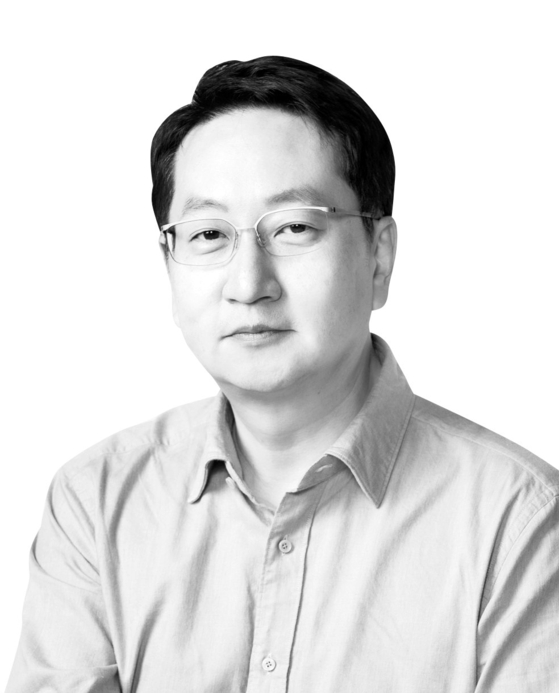The CSAT difficulty dilemma

Lee Sang-eon
The author is an editorial writer of the JoongAng Ilbo.
A colleague from work complained that his daughter’s enrollment in Sidae Injae, a famous private academy in Gangnam District, southern Seoul, as she readied to retake the College Scholastic Ability Test (CSAT) for her second try for her dream university, had cost him more than 30 million won ($22,892) in yearlong tuition. The cram school has become a star among test retakers. The 30 million won only covered her regular course at the academy. Online posts indicate that the institution’s courses cost at least 2 million won each. The total cost depends on the textbooks the academy sells to students. It calls the textbooks “contents.”
The academy faced a crackdown from authorities after President Yoon Suk Yeol called for a breakup of the so-called cartel in private education. It received investigations and visits from various state authorities, including the tax office. Ironically, the academy produced the two best performers on this year’s CSAT — one of whom got a perfect score in all subjects and another who got the highest score of all. (This strange reality symbolizes the complexities of the Korean college entrance test.) Both students were taking the once-a-year exam for the second time. Although the cram school became a symbol of profit-seeking and notorious private education, it nevertheless served its goal of sending students to the best schools. Competition to enroll in classes at the institution has become tougher.
This year’s CSAT turned out to be the toughest. Writers removed the so-called “killer” questions that are irrelevant to curricula per the presidential order, but the nevertheless managed to concoct tricky problems within a curricular context. Test makers had to become ingenious after a director-general of the Education Ministry was sacked for endorsing “killer questions” in a mock test. Since many worried about the side effects of a too-easy CSAT, private academies trained students to focus on reasonably difficult questions.
The best way to confuse students is to make a set of answers ambiguous while sticking to reference texts congruous with school- and state-administered EBS textbooks. Although the texts are within the curriculum, the test itself becomes hard when the set of answers looks mostly alike. Only repeated training can build an ability to discern to best response. Such rigorous training bode better for test retakers, who are free to spend their entire day at CSAT prep schools. The harsher the questions, the richer cram schools will become.
Strictly speaking, an easy test cannot be a good test. A hard-working student should not receive the same score as someone who has not studied as diligently. It would be unfair for hard work to fall down the drain because one or two mistakes were made on test day. At the same time, a hard test does not make a good one either. It will force students to overly engross themselves with cramming and dissuade them from learning at all. There is a debate about the “reasonability” of the CSAT’s standards every testing season, but getting its difficulty exactly right is as hard as predicting the exact bid price at an auction.
The long-standing narrative in standardized tests is to harden the questions in order to differentiate academic standards, push students harder, generate more talent and strengthen the country. That model has helped push Korea, once one of the world’s poorest countries, to today’s advanced ranks.
But the country faces a bigger challenge today: The young no longer wish to have kids. Korea has the lowest birth rate in the world, and it is only sinking further. The New York Times, in an opinion piece, worried that Korea is “disappearing” from the map. The Bank of Korea pointed to the pressure of competition as the biggest reason for the country’s pitifully low birthrate. Young Koreans have become too fed up with competition from their school days and do not want their children to go through the same thing.
Korea’s ultra-low fertility rate encompasses multiple issues: employment, housing, child care and education costs. But enough talk. This country is on the brink of disappearing from the map. If a too-easy CSAT makes it difficult to assess students, we can leave universities to filter them out through interviews.
The CSAT has grown too distant from its original goal. It has become, as the New York Times pointed out, the culprit of a “brutal culture of academic competition.” Korea’s obsession with the CSAT’s differentiation is pushing it towards doom.










with the Korea JoongAng Daily
To write comments, please log in to one of the accounts.
Standards Board Policy (0/250자)